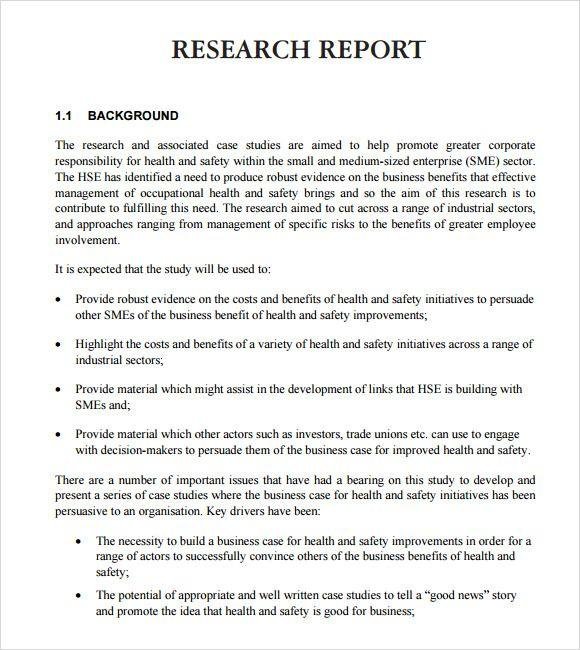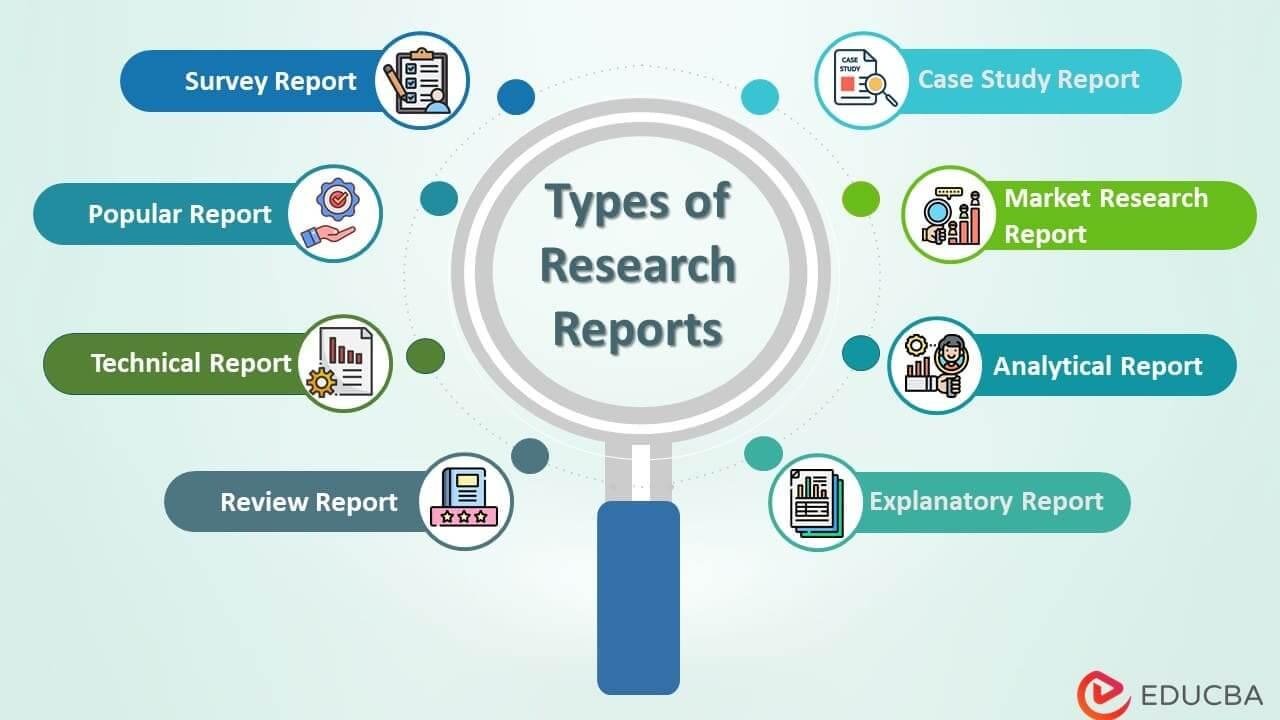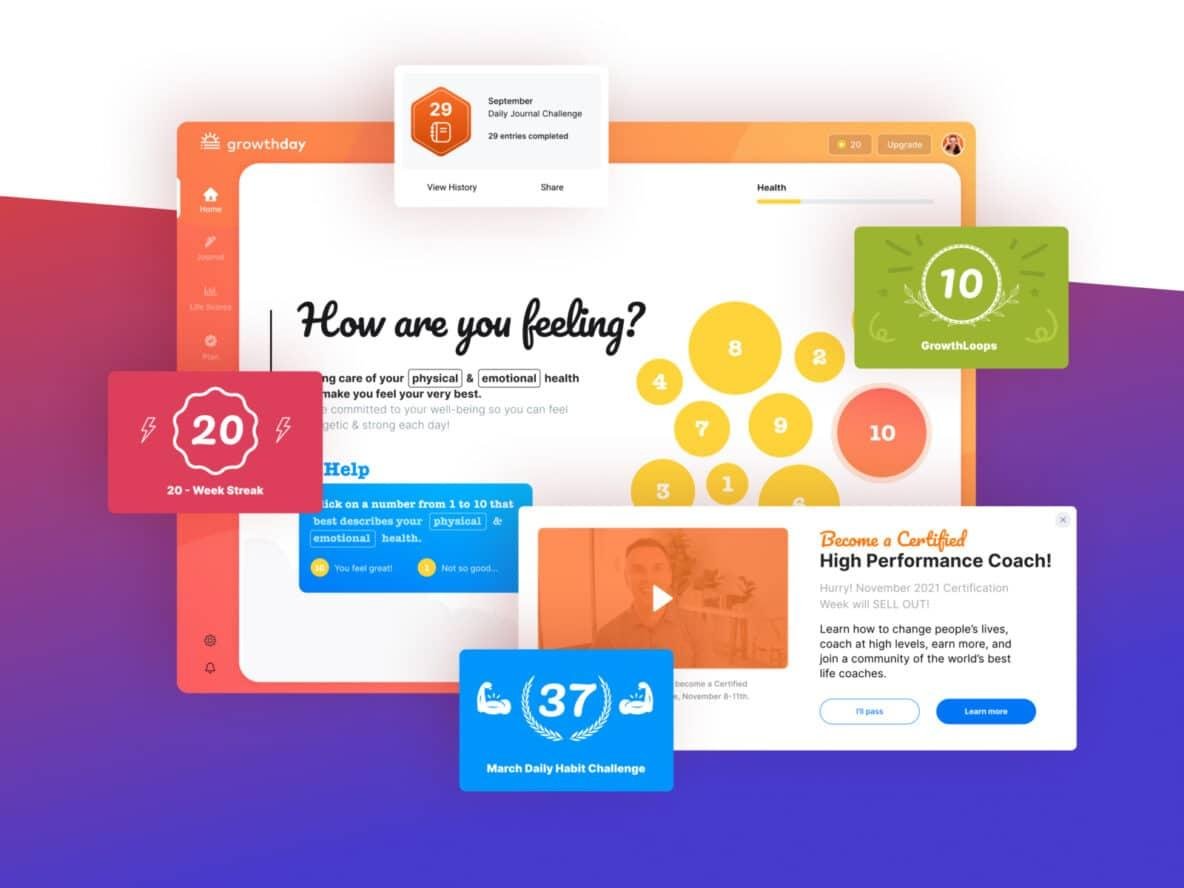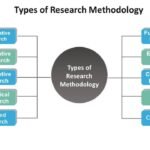research report format

In the realm of academic inquiry and scientific exploration, the research report stands as a pivotal document, bridging the gap between intricate data analysis and clear communication. It is more than just a collection of findings; it is a structured narrative that articulates the purpose, methodology, and implications of research endeavors. Crafting an effective research report is akin to constructing a well-designed architectural blueprint, where each section must seamlessly interconnect to present a coherent picture. This article will delve into the nuances of research report format, exploring its essential components, guiding structures, and best practices to ensure that your investigative insights not only inform but also engage your audience. Whether you are venturing into the sciences, engineering, or social sciences, mastering the art of research report formatting is crucial for effectively conveying your scholarly contributions. Join us as we navigate the fundamental principles that define this critical genre of academic writing and equip you with the tools to present your research with clarity and precision.
Understanding the Essential Components of a Research Report
Every research report is structured to deliver comprehensive and organized information. Understanding this structure is vital for producing a report that communicates effectively. Key sections typically include the following:
- Title Page: Offers the report title, author(s), and date.
- Abstract: A brief summary of the report’s content, including the research question, methods, results, and conclusions.
- Introduction: Sets the stage by outlining the research question and its significance.
- Methodology: Details the methods employed in the research to add credibility.
- Results: Presents the findings, often with the help of tables and graphs.
- Discussion: Interprets the results, contextualizing them within the broader field.
- Conclusion and Recommendations: Summarizes key findings and suggests areas for further research.
- References: Lists all sources cited within the report, ensuring academic integrity.
A well-crafted research report not only presents information but does so with clarity and integrity. Each section plays a crucial role in guiding the reader through the researcher’s journey. To illustrate this structure, consider the following simplified example of a research report layout:
| Section | Description |
|---|---|
| Title Page | Displays report details. |
| Abstract | Summarizes study briefly. |
| Introduction | Outlines research significance. |
| Methodology | Explains research methods. |
| Results | Shows findings with visuals. |
| Discussion | Analyzes significance of findings. |
| Conclusion | Wraps up insights and implications. |
| References | Lists cited works. |

Navigating the Structure: A Step-by-Step Guide
Understanding the format of a research report is essential for presenting your work professionally. Typically, a research report includes distinct sections, each serving a critical purpose in conveying your findings. Here’s a brief overview of the structure you should follow:
- Title Page: This serves as the first impression; include your title, name, and institutional affiliation.
- Abstract: A concise summary of the entire report, highlighting key points.
- Introduction: This is where you introduce your topic and state your research question.
- Literature Review: Present the background information and previous studies relevant to your research.
- Methodology: Describe how the research was conducted, outlining the methods and materials used.
- Results: Report your findings, using tables and figures as necessary.
- Discussion: Discuss the implications of your findings and how they relate to existing literature.
- Conclusion: Summarize the key insights and future research directions.
- References: List all the sources cited in your report.
In addition to content, pay attention to formatting details according to style guides like APA, MLA, or Chicago. Effective formatting enhances readability and professionalism. Consider using the following table for quick reference on common formatting requirements:
| Element | APA Style | MLA Style |
|---|---|---|
| Font | Times New Roman, 12 pt | Times New Roman, 12 pt |
| Margins | 1 inch on all sides | 1 inch on all sides |
| Page Numbers | Top right corner | Top right corner |

Designing for Clarity: Visual and Formatting Best Practices
To create a research report that stands out while remaining accessible, it’s essential to prioritize both visual appeal and readability. Begin by using a clean layout that helps to guide the reader through the document. Ensure ample white space around text blocks to avoid overwhelming the reader. Headers and subheadings should be used liberally to break up content into digestible sections, enabling quick scanning of information. Adhering to a coherent color palette not only strengthens your brand identity but also supports visual hierarchy, making key points and data more prominent.
When it comes to formatting, consistent font usage enhances the professional appearance of your report. Choose sans-serif fonts for body text, which are easier on the eyes for long reads. Consider utilizing bullet points to present lists and key findings clearly, while tables are perfect for organized data representation. Here’s an example of how to present essential information effectively:
| Section | Description |
|---|---|
| Abstract | A brief summary of the research findings. |
| Methodology | Description of research methods used. |
| Results | Key findings presented clearly. |
| Conclusion | A wrap-up of the implications of the research. |

Common Pitfalls and How to Avoid Them in Research Reporting
Research reporting is a meticulous process, and there are several common pitfalls that can significantly undermine the quality and credibility of your findings. One major issue is inadequate clarity in presenting methodologies and results. Readers need a clear understanding of your research design, statistical analysis, and how you arrived at your conclusions. To avoid this, ensure you maintain a logical flow throughout your report. Break down your methodologies into simple, understandable steps and incorporate visual aids such as charts or graphs to illustrate your findings effectively.
Another common mistake is the inclusion of irrelevant data that can distract from the main message of your report. Staying focused on your research questions is crucial to maintaining reader engagement and enhancing the impact of your findings. To remedy this, create a checklist of relevant data points before you begin drafting your report. This list can guide you in determining which information is essential and which can be omitted. Below is a simple table to help you visualize the essential data types to include in your report:
| Data Type | Purpose |
|---|---|
| Sample Size | To establish the reliability of results |
| Statistical Analysis | To support conclusions drawn from the data |
| Methodological Details | To provide context for findings |
| Comparative Results | To showcase significance against benchmarks |
Insights and Conclusions
As we conclude our exploration of research report formats, it becomes clear that a well-structured approach not only enhances the clarity of your findings but also facilitates communication with your audience. Whether you’re following APA, MLA, or Chicago style, adhering to the specific guidelines ensures that your work meets academic standards and conveys professionalism. By carefully organizing your content—from the title page to the reference list—you create a roadmap for your readers, guiding them through your research narrative.
Remember, a fine-tuned format is not just about compliance; it’s about facilitating understanding. As you embark on your writing journey, let your format be a tool that elevates your research and showcases your insights. With these principles in mind, you’re well-equipped to craft reports that not only inform but also inspire. Embrace the structure, and let your research shine through!




